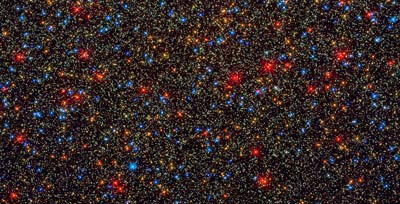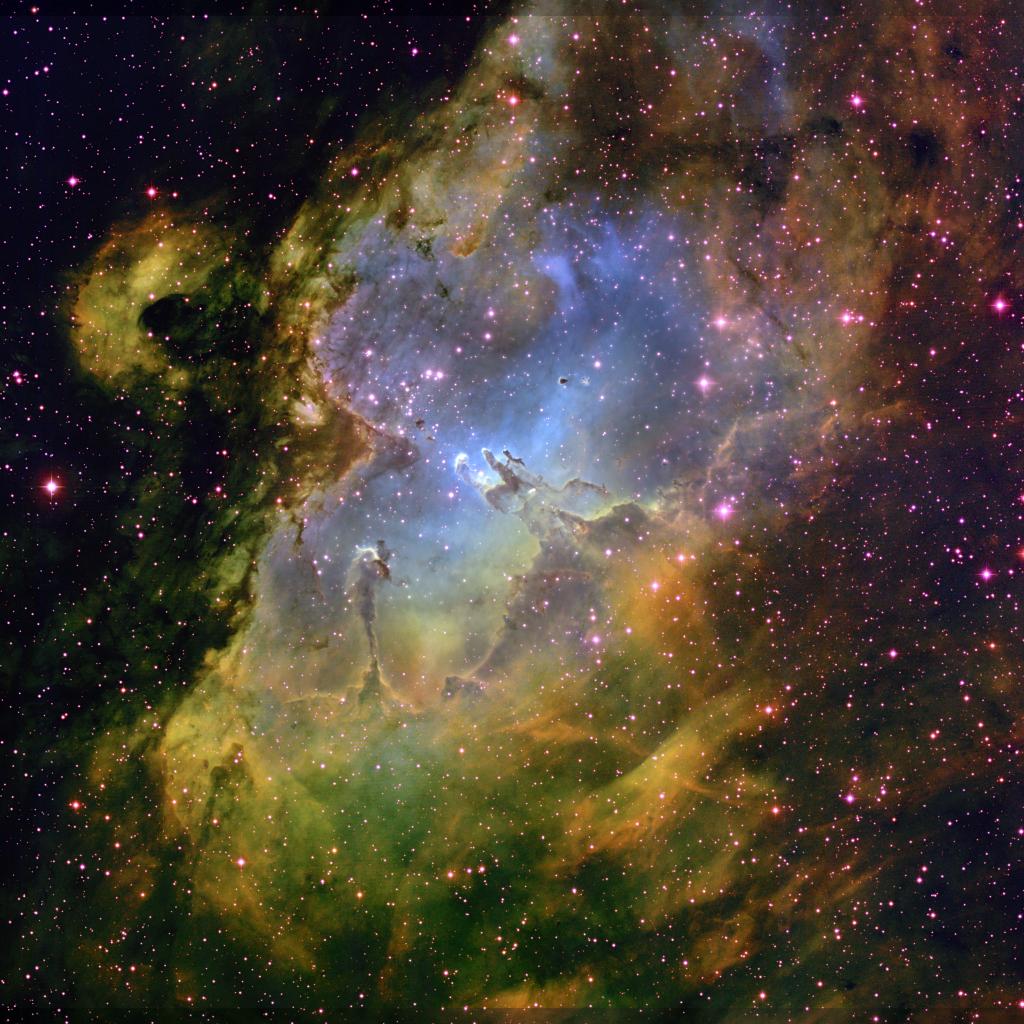Galactic Astronomy

The Milky Way galaxy and Local Group of galaxies provide testing sites for understanding the important processes that govern the evolution of galaxies. Within the Milky Way it is possible to make detailed studies of chemical evolution, star formation, stellar evolution, and the evolution of debris disks - the precursors of planetary systems - which are not possible for any other galaxy. The black hole in our Galactic center is near enough to give a more detailed look at a supermassive black hole than any other black hole in the Universe.
Faculty and Research Staff with a research interest in this area include:
- John Bieging - Star Formation, Interstellar Clouds
- Laird Close - Adaptive Optics Instrumentation,
- Josh Eisner - Planet Formation, Young Stars
- DeWayne Halfen - Galactic Chemical Abundances
- William Hoffman - Dust in the Milky Way
- Chris Impey - Galactic Astronomy Education & Outreach
- Randy Jokipii - Magnetic Fields and Plasma
- Serena Kim - Star Formation
- Peter Milne - Supernovae and Star Formation
- Ed Olszewski - Dwarf Spheroidal Galaxies, the LMC
- George Rieke - Planetary Systems, Debris Disks
- Marcia Rieke - Infrared Galactic Astronomy
- Yancy Shirley - Interstellar Medium, Star Formation
- Glenn Schneider - Circumstellar Environments
- Nathan Smith - Massive Stars
- Kate Su - Circumstellar Environments
- Rodger Thompson - Star Formation
- Christopher Walker - Molecular Clouds, Star Formation
- Grant Williams - Massive Stars, Supernovae and Gamma Ray Bursters
- Dennis Zaritsky - Globular Clusters, Stellar Initial Mass Function, LMC, SMC
- Lucy Ziurys - Chemical Evolution, Galactic Center

(Bottom Right) The Eagle Nebula, Messier 16 .

For Public
Public events include our Monday Night Lecture Series, world-reknowned Astronomy Camp and Mt Lemmon Sky Center.

For Students
A good place to start if you want to become an undergrad major or grad student, or need to find our schedule of classes.

For Scientists
Find telescopes and instruments, telescope time applications, staff and mountain contacts, and faculty and staff scientific interests.




